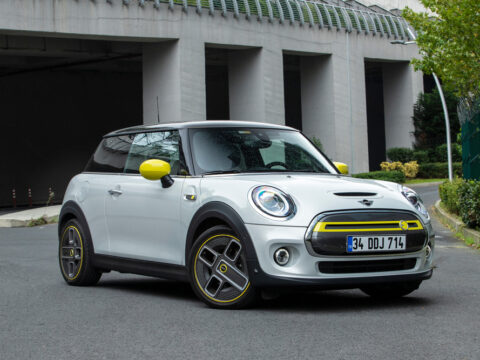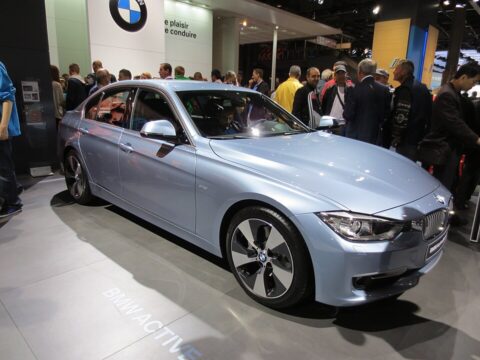Military vehicles often embody strength and innovation, but sometimes their designs spark debate. In this article, we explore 20 military vehicles that have stirred controversy with their unique and unconventional aesthetics. From bold choices to unusual shapes, these designs have left a lasting impression and generated plenty of discussion.
Contents
M3 Lee/Grant Tank

The M3 Lee/Grant tank, with its tall and boxy profile, featured a unique dual-turret design that was controversial for its impracticality in combat. The main 75 mm gun was mounted in the hull, limiting its traverse, while a 37 mm gun was placed in a rotating turret, making coordination difficult. Despite its powerful armament, this unconventional layout led to operational challenges and debates about its effectiveness.
Soviet T-35 Heavy Tank
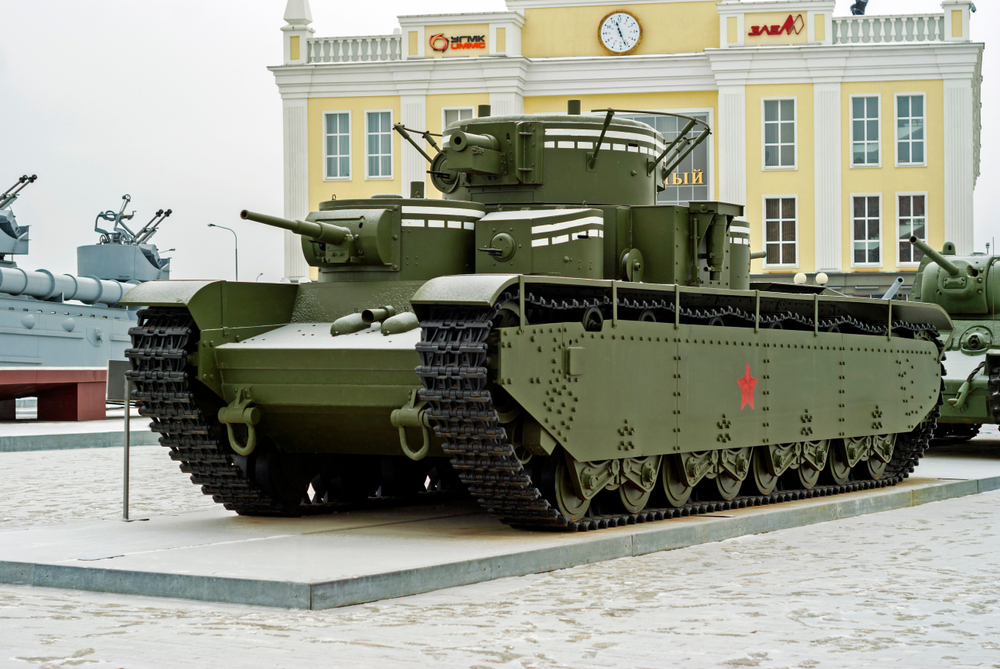
The Soviet T-35 heavy tank, a multi-turreted behemoth, was designed to inspire awe but instead sparked controversy due to its complexity and vulnerability. With five turrets and a crew of 11, its operational coordination was cumbersome. It was slow, mechanically unreliable, and offered limited protection, making it a questionable choice on the battlefield.
M50 Ontos Tank Destroyer

The M50 Ontos tank destroyer featured an unconventional design with six externally mounted 106 mm recoilless rifles. Its light armor and reliance on surprise attacks made it effective in certain situations but also highly vulnerable. The Ontos’ unique appearance and operational strategy were polarizing, raising debates about its practicality and survivability.
BMP-1 Infantry Fighting Vehicle
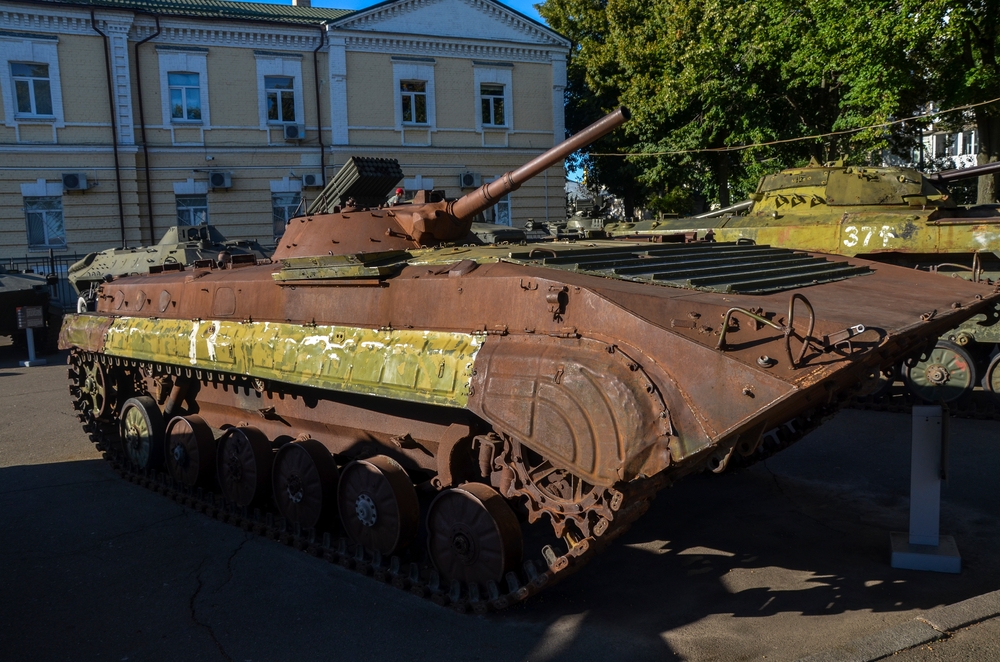
The BMP-1, the first mass-produced infantry fighting vehicle, introduced a low-profile, amphibious design with a rear-mounted engine and a 73 mm smoothbore gun. Its cramped interior and controversial armament choices led to debates about crew safety and combat effectiveness. The BMP-1’s design was a radical departure from traditional armored personnel carriers, prompting mixed reviews.
B1 Centauro Wheeled Tank Destroyer

The B1 Centauro wheeled tank destroyer combined a heavy 105 mm gun with a wheeled chassis, an unusual choice compared to traditional tracked vehicles. This design offered greater speed and mobility but at the cost of reduced off-road capability and protection. Its controversial design sparked discussions about the trade-offs between mobility and armor in modern warfare.
Panhard EBR Armored Car
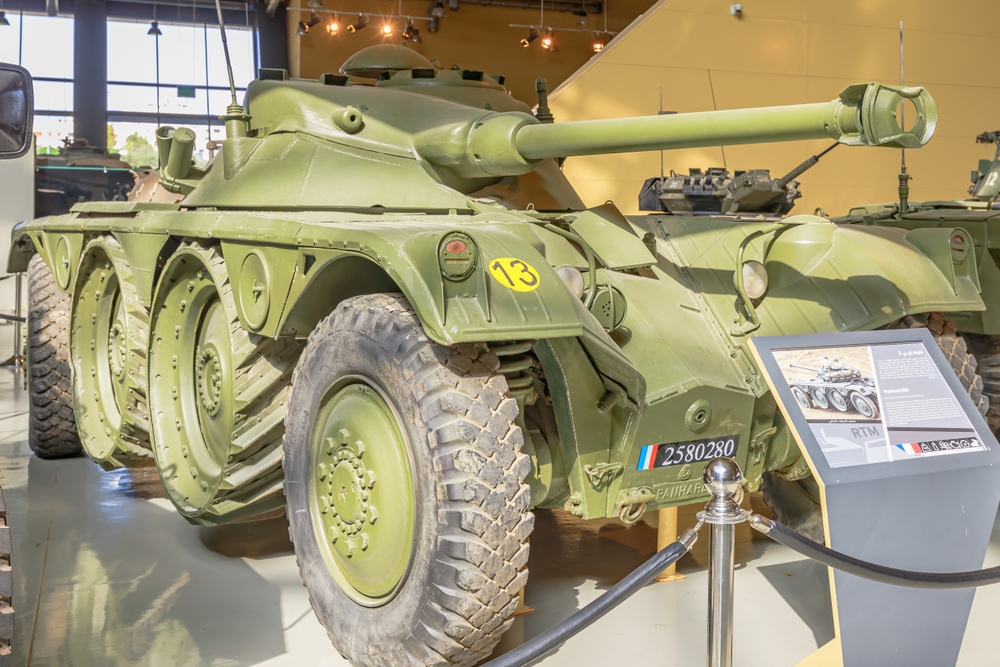
The Panhard EBR armored car featured a distinctive eight-wheel configuration with retractable middle wheels for better off-road performance. Its oscillating turret and unique design made it highly maneuverable but also mechanically complex. The EBR’s unconventional appearance and operational challenges led to mixed opinions on its effectiveness.
FV101 Scorpion Light Tank
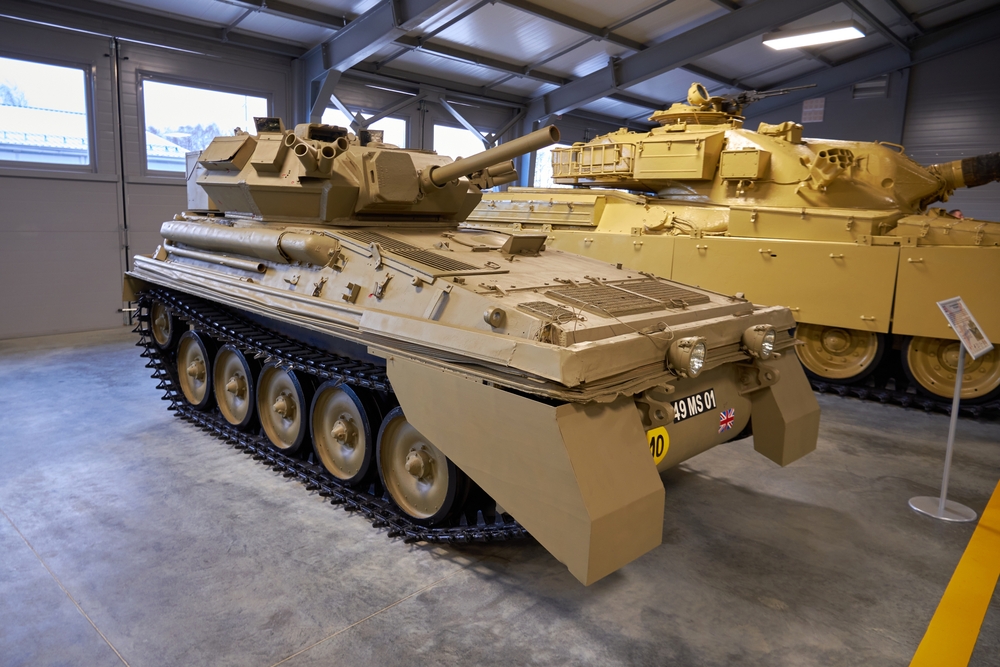
The FV101 Scorpion light tank was notable for its small size, light armor, and powerful 76 mm gun. Designed for reconnaissance and support roles, its aluminum armor made it vulnerable to heavy weaponry. The Scorpion’s lightweight design sparked debates about its survivability in combat, despite its agility and firepower.
Stryker Armored Combat Vehicle
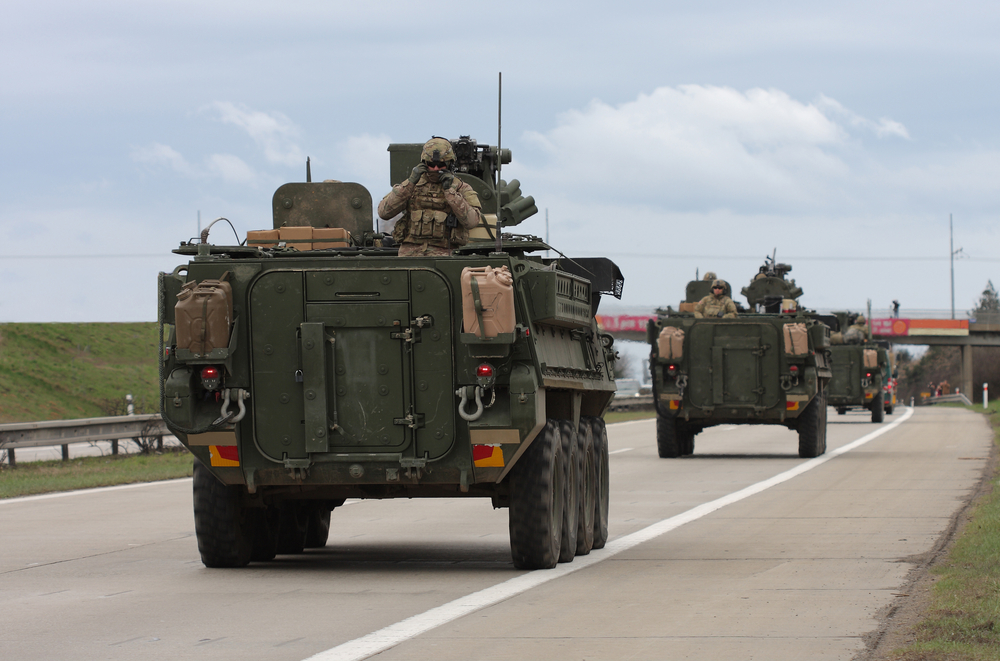
The Stryker armored combat vehicle, a family of wheeled vehicles, faced controversy due to its perceived vulnerability and high cost. Its modular design allowed for various configurations, but its wheeled chassis raised concerns about off-road performance and protection. Critics questioned whether the Stryker could adequately replace traditional tracked vehicles in all combat scenarios.
LAV-25 Light Armored Vehicle
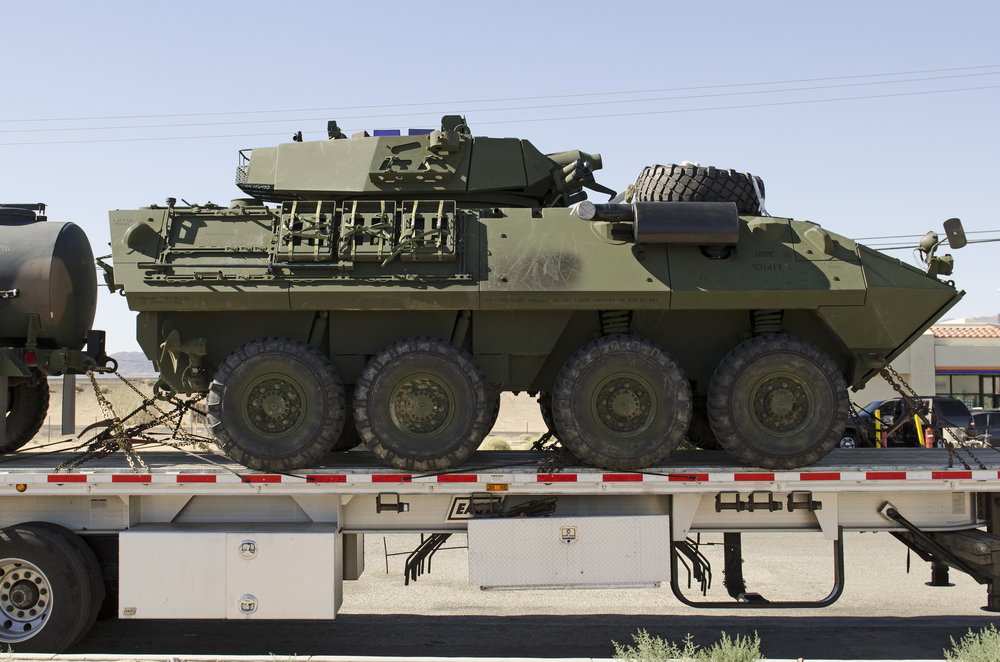
The LAV-25, a versatile wheeled vehicle used by the US Marine Corps, featured an amphibious design and a 25 mm chain gun. Its light armor and wheeled chassis were subjects of controversy, as some argued it was not robust enough for frontline combat. The LAV-25’s design choices highlighted the ongoing debate between mobility and protection.
BRDM-2 Amphibious Scout Car
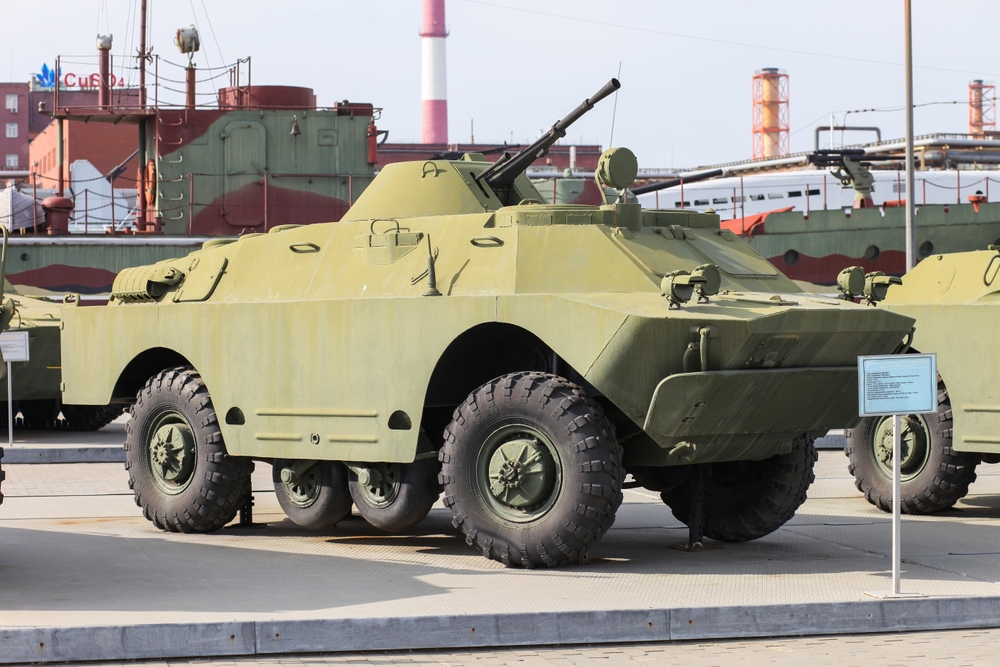
The BRDM-2 amphibious scout car, with its distinctive boat-like hull and amphibious capabilities, faced criticism for its light armor and limited armament. Its amphibious design was beneficial for reconnaissance but raised concerns about its effectiveness in heavily armed conflicts. The BRDM-2’s unusual appearance and operational limitations were points of contention.
Stridsvagn 103 (S-Tank)
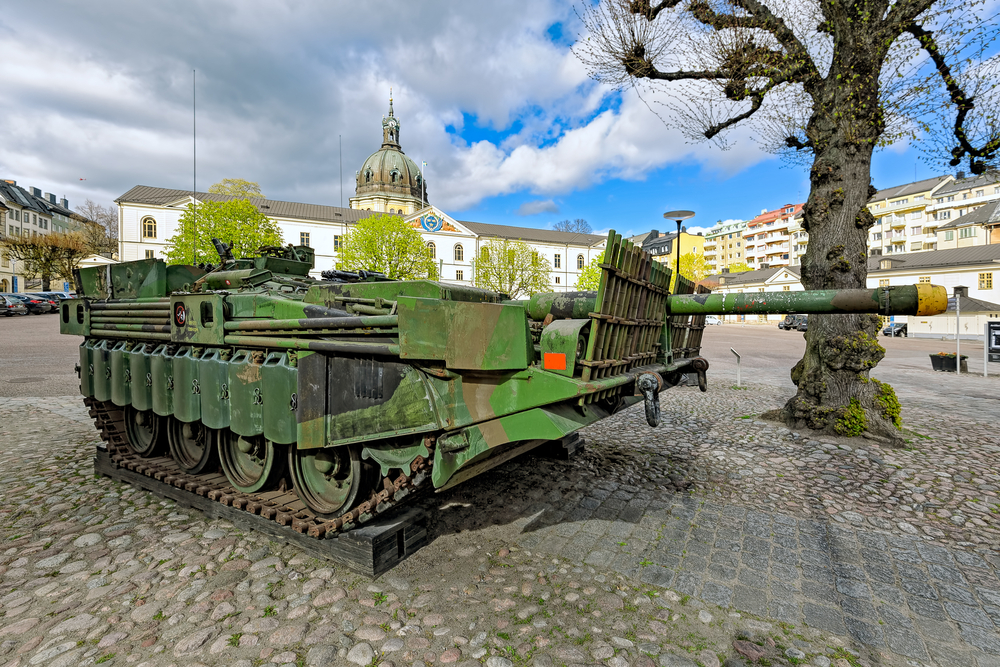
The Stridsvagn 103, or S-Tank, was a Swedish design that lacked a traditional turret, instead featuring a fixed gun and unique hydro-pneumatic suspension. This allowed for a low profile and excellent defensive capabilities but limited its offensive flexibility. The S-Tank’s unconventional design sparked debates about the trade-offs between offensive and defensive strategies.
Type 89 IFV (Japan)

The Type 89 infantry fighting vehicle from Japan featured a distinctive, boxy design with a 35 mm autocannon. Its high profile and limited armor led to criticisms regarding its battlefield survivability. The Type 89’s design choices reflected a focus on firepower and mobility, sparking debates about the balance of these factors.
Merkava Mk 4 Tank
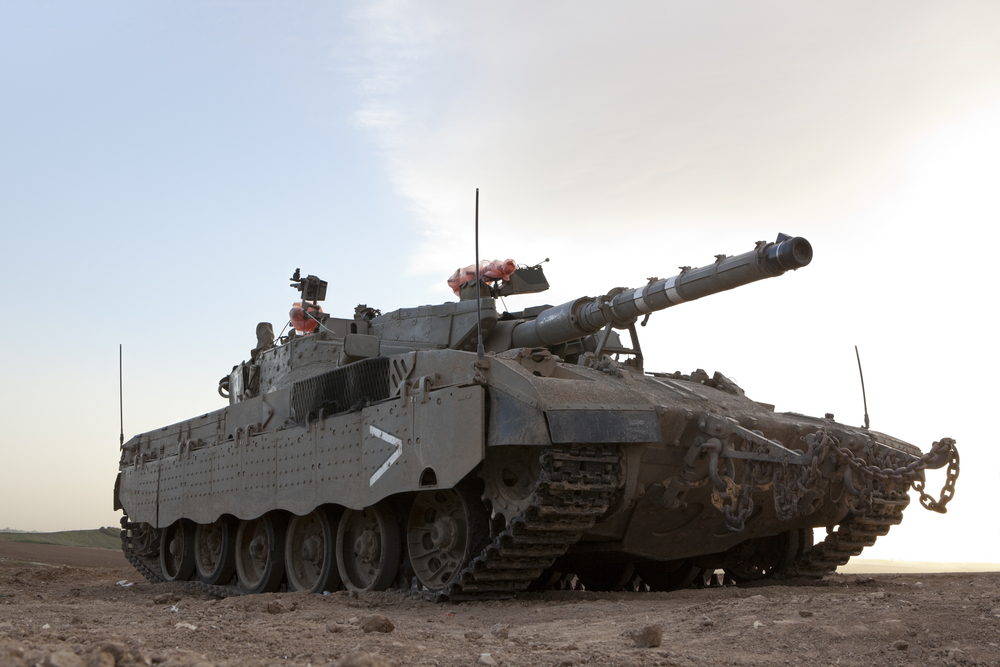
The Merkava Mk 4 tank, designed by Israel, featured a unique front-engine layout to enhance crew protection and a rear compartment for carrying troops. This unconventional design prioritized crew safety but led to debates about its overall effectiveness in traditional tank roles. The Merkava’s focus on survivability and versatility made it a subject of controversy.
BMPT Terminator

The BMPT Terminator, a Russian armored fighting vehicle, was designed to support tanks and infantry with heavy armament, including autocannons and missile launchers. Its unconventional design and specialized role sparked debates about its necessity and effectiveness in modern combat. The BMPT’s heavy weaponry and unique appearance made it a controversial addition to armored units.
M551 Sheridan Light Tank

The M551 Sheridan light tank, with its aluminum armor and powerful 152 mm gun/missile launcher, was designed for airborne operations. Its light armor and complex weapon system were subjects of controversy, as they made the Sheridan vulnerable and maintenance-intensive. The Sheridan’s innovative but flawed design led to mixed reviews.
Kurganets-25 Infantry Fighting Vehicle
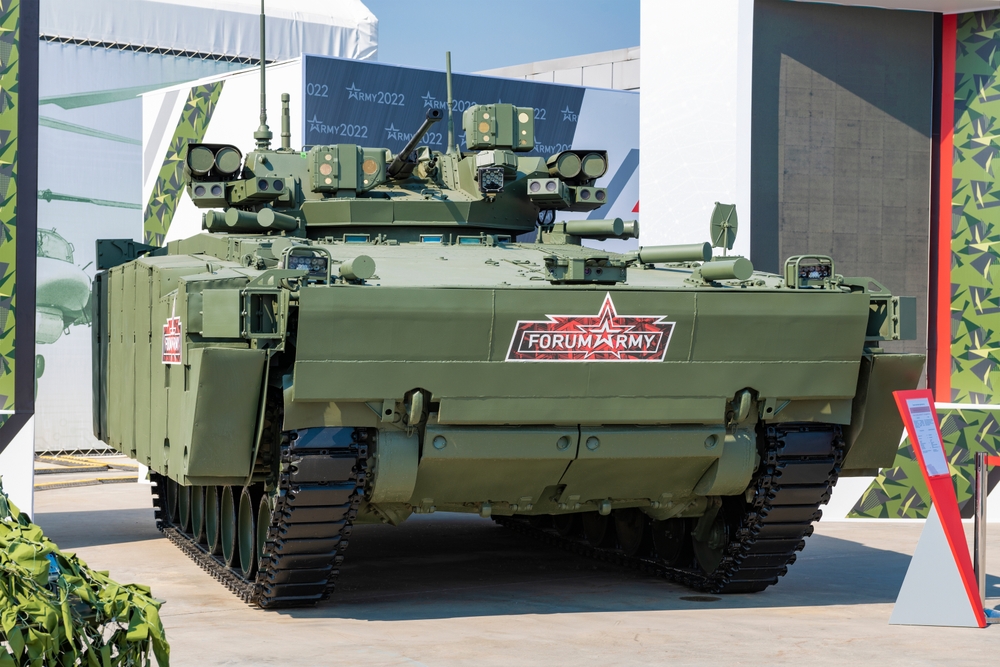
The Kurganets-25, a Russian infantry fighting vehicle, featured a modular design and advanced protection systems. Its high profile and futuristic appearance sparked debates about its visibility and survivability on the battlefield. The Kurganets-25’s innovative design choices were both praised and criticized.
T-14 Armata Main Battle Tank
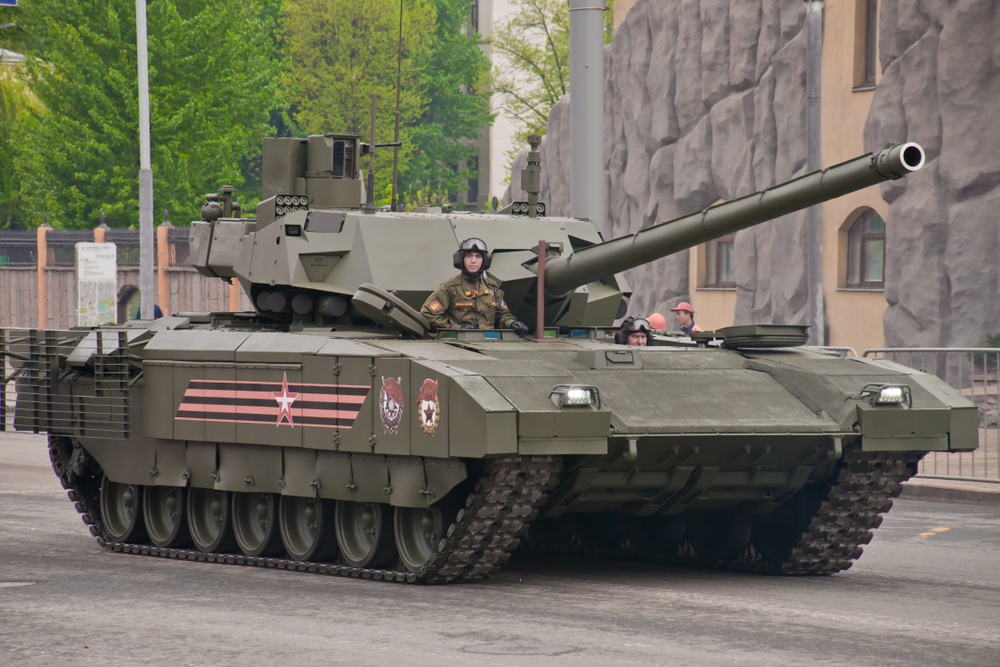
The T-14 Armata, a Russian main battle tank, introduced a revolutionary unmanned turret and advanced armor systems. Its high cost and complex technology sparked debates about its practicality and reliability. The Armata’s futuristic design and cutting-edge features made it a controversial addition to Russia’s armored forces.
Alvis Stormer Armored Vehicle
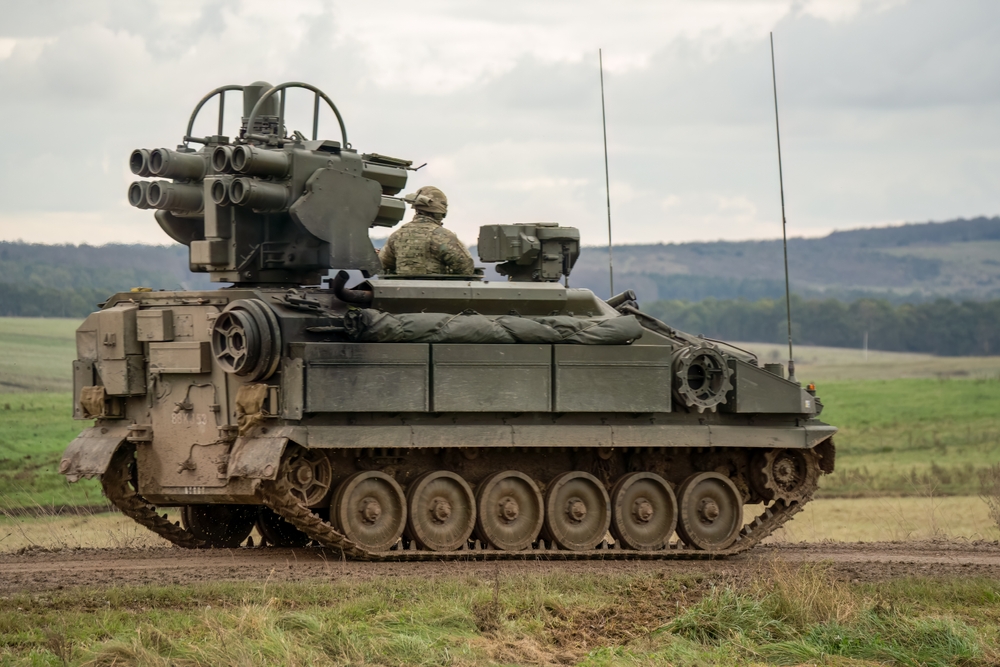
The Alvis Stormer, a British armored vehicle, featured a versatile platform with multiple configurations, including air defense and logistics. Its light armor and wheeled chassis raised concerns about protection and off-road capability. The Stormer’s design choices highlighted the trade-offs between versatility and survivability.
AAV-7 Amphibious Assault Vehicle
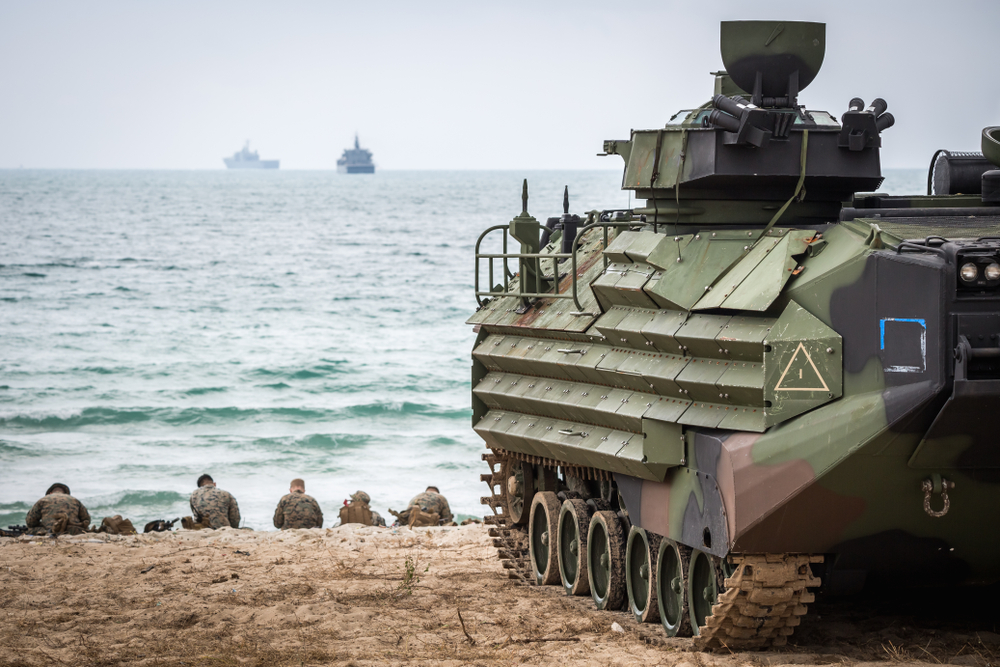
The AAV-7, used by the US Marine Corps, was designed for amphibious operations with a boat-like hull and tracked propulsion. Its slow speed and limited armor were controversial, raising concerns about its effectiveness in modern combat. The AAV-7’s unique design and amphibious capabilities were both praised and criticized.
K2 Black Panther Tank

The K2 Black Panther, a South Korean main battle tank, featured advanced composite armor, an autoloader, and active protection systems. Its high cost and complex technology sparked debates about its practicality and maintenance challenges. The Black Panther’s cutting-edge design and capabilities made it a subject of controversy.
This article originally appeared in MyCarMakesNoise.
More from MyCarMakesNoise
15 of the Most Expensive Automotive Failures in History
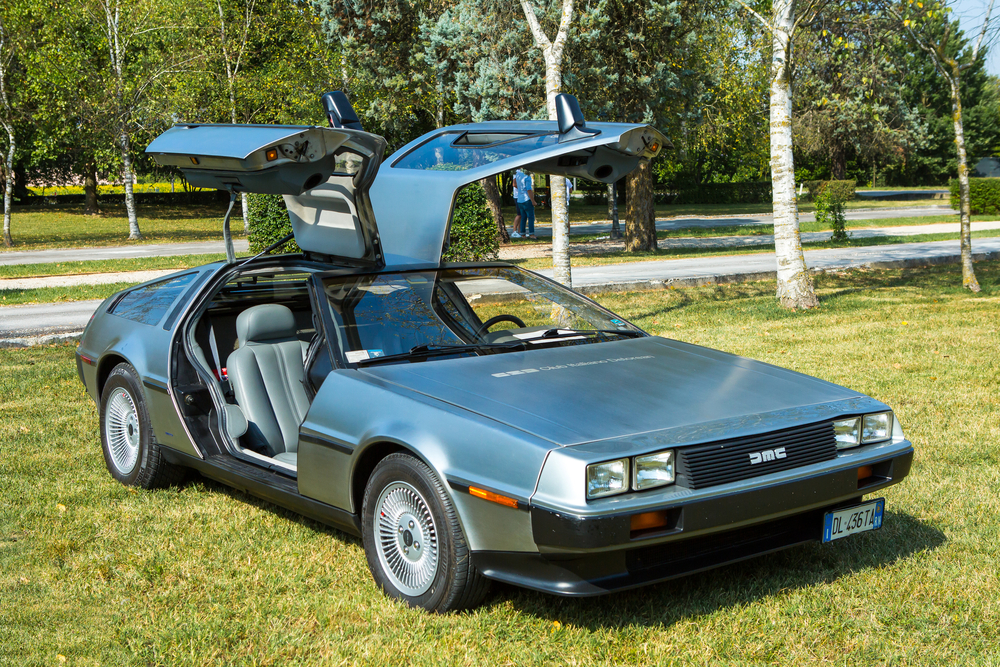
Cars can be a symbol of success, but not every model hits the mark. Some vehicles, despite high expectations and hefty price tags, turn out to be costly failures. Read More.
17 High-Performance Motorcycles That Enthusiasts Can’t Get Enough Of
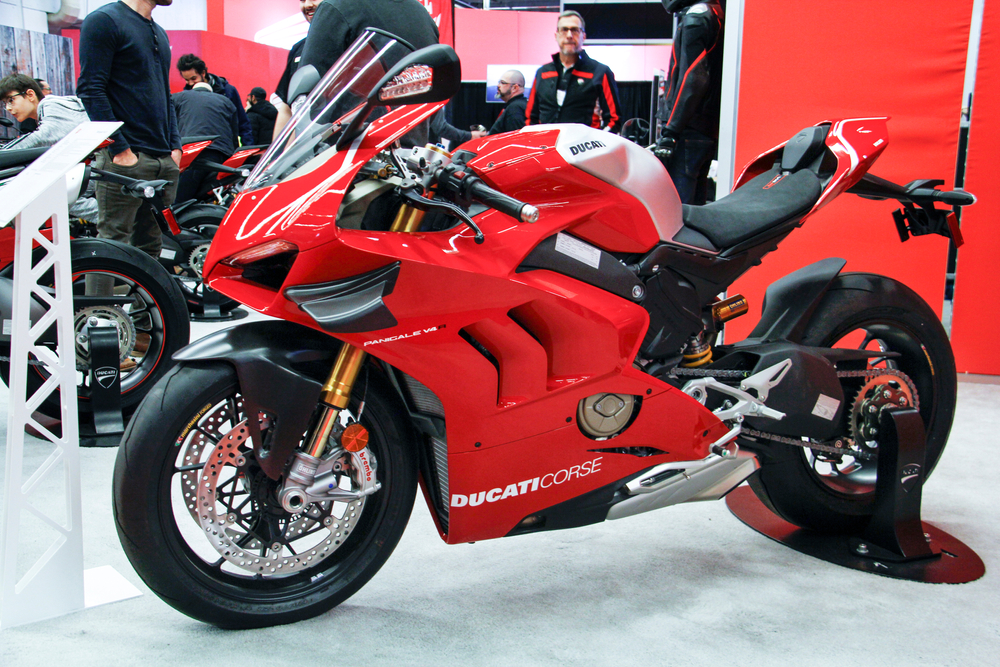
High-performance motorcycles capture the hearts of enthusiasts with their power, speed, and advanced technology. These bikes offer thrilling rides and unmatched performance, making them favorites among riders. Read More.
6 Classic Boats That Deserve a Second Look

There’s something special about classic boats—their timeless designs, craftsmanship, and the stories they carry. While some boats have become icons, others have quietly faded into the background. Read More.

